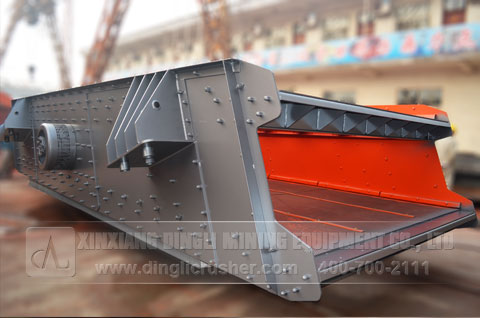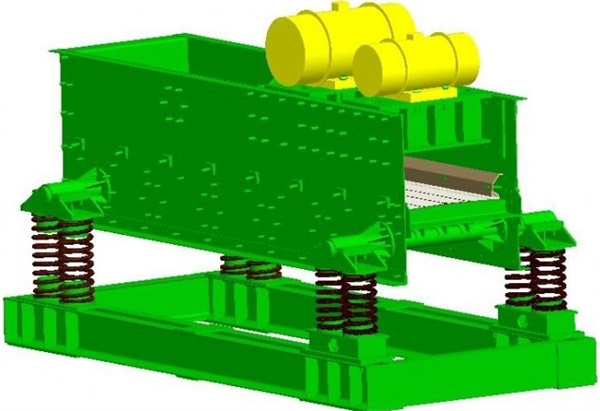
-
Crushing Equipment
- Impact crusher PCL vertical impact crusher PLF Sand making machine Jaw crusher
- Sand making machine Heavy hammer crusher
Working principle of vibrating screen
Depending on the process stage, the material to be screened is fed to the screen from an intermittent-feed loading device like a wheel loader or from a continuous-feed device like a hopper or a conveyor. The screen box uses shafts with counterweights or exciters to cause the material bed to vibrate. Through the vibration, larger particles work their way to the top of the material bed, while the smaller particles make contact with the screening surface. The common vibratory screens in the market include circular screen, linear screen and elliptical screen. Each type has its own advantages and disadvantages as follows:

Circular Vibrating Screen
Circular-motion screens provide a high travel rate due to inclined installation. They generally accept a continuous feed very well. Screens using circular motion are best suited for larger material, as finer material tends to blind on this style of screen. Besides, such type of screen wet, sticky material does not screen well with this type of screen, unless water spray is also used.

Linear Vibrating Screen
Linear-motion horizontal screens typically generate less blinding and pegging of material on screen media because their straight-line motion, with high G-forces, can both dislodge material and convey it forward across the screen. This motion can be more effective than circular- or elliptical-motion screens, resulting in a high-efficiency screen that also operates at a fairly high speed. The operator is able to better control the material travel rate across the screen, further improving screening efficiency. Linear-motion screens also benefit producers through a lower installed cost because they require less headroom than circular- or elliptical-motion screens.

Elliptical Vibrating Screen
Elliptical-motion horizontal screens offer some of the efficiency of linear-motion screens and the tumbling effect generated by inclined circular-motion screens. They also work to speed material travel rate at the feed end, while slowing it at the discharge end. However, this type of screen does not exert the high G-forces that linear-motion screens do.
Copyright©2010-2011 Zhongyu Heavy Industry Co., LTD